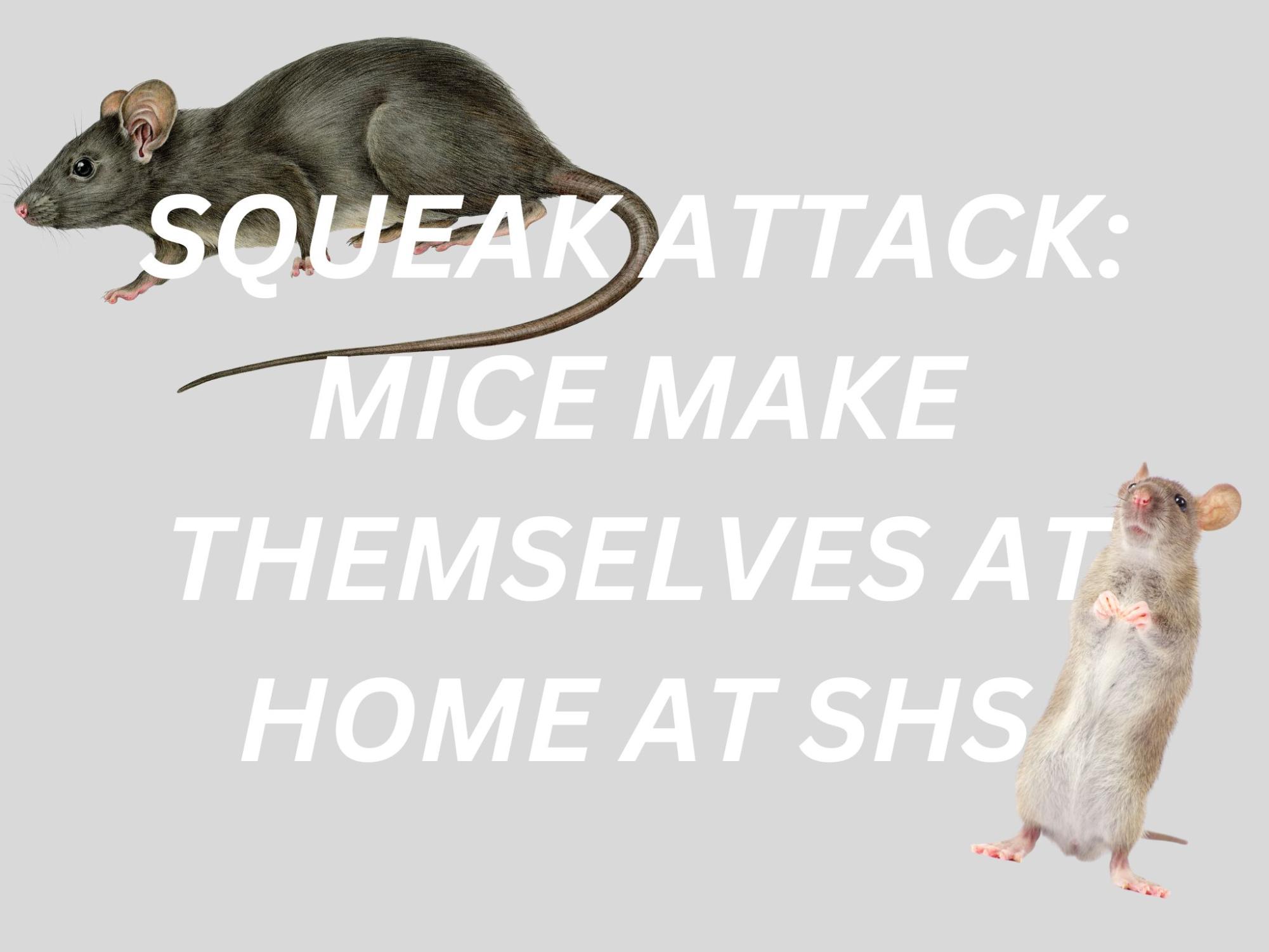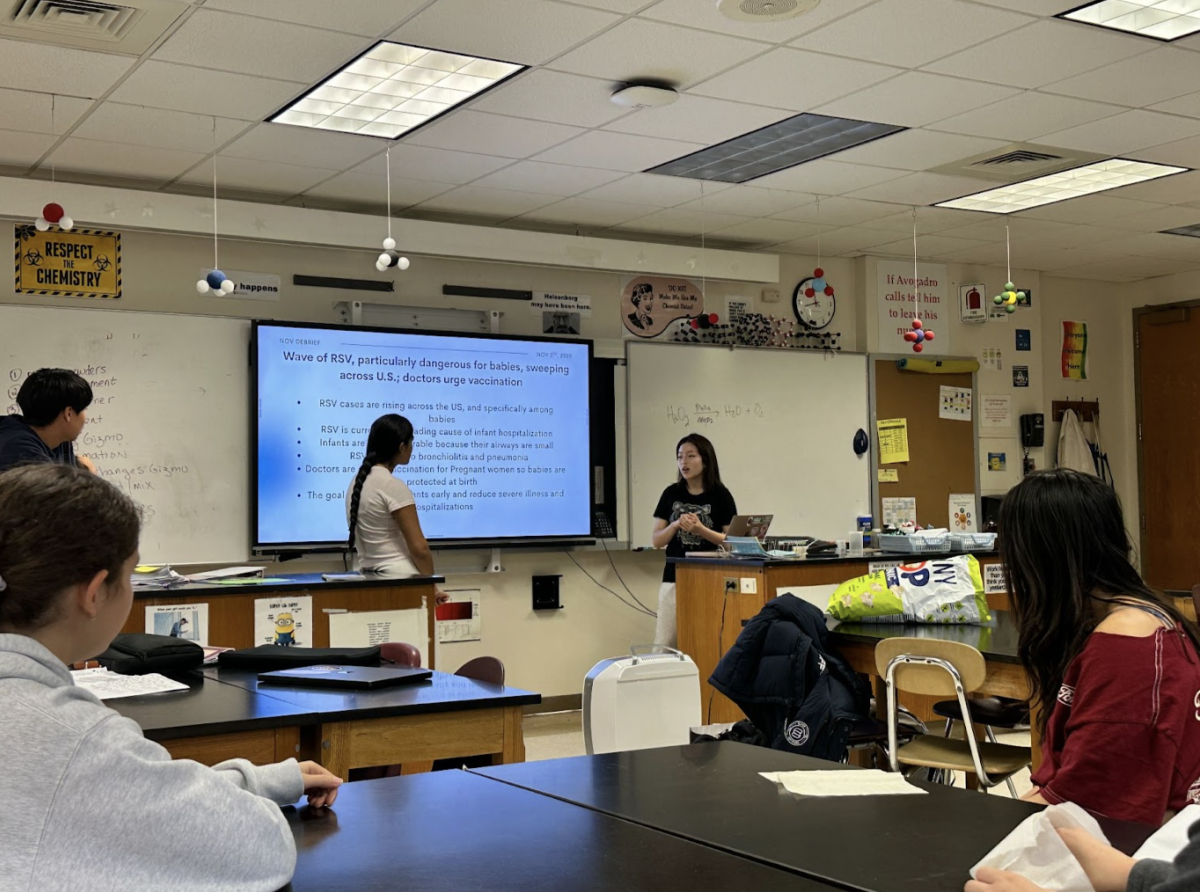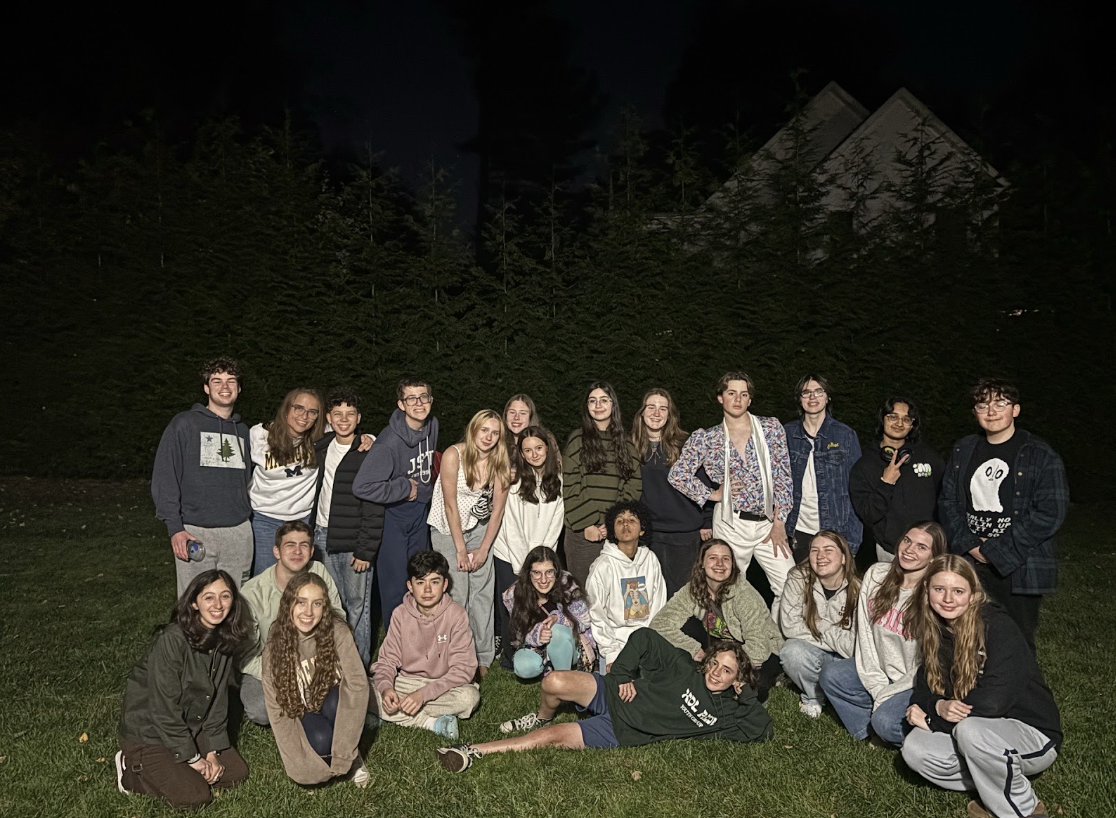As winter approaches, the rats and mice of SHS need a safe shelter from the elements, a place with heat, where they can relax, and most importantly, find food — the main appeal bringing these animals in. A small spill of a drink or a few miscellaneous crumbs may seem inconsequential, but these can supply an entire meal for one little mouse.
The mice are not a new problem for the high school. The high school building has been around for a long time, and lacks some of the systems needed to keep all animals out; the framework of the school simply lends itself to the creatures’ entry. This issue has hit the fourth floor the hardest. Spanish teacher Robin Bray says that she first noticed the rodents “over twenty years ago, when she used to keep candy in her desk drawer.” She “opened her drawer to a ripped-open bag of candy, and found continual evidence of their presence.” As time went on, she found a “mouse running around [her] classroom when [she] walked in, and a large rodent laying in [her] office.” Other language teachers have given similar reports, claiming the mice are attracted to food and can sneak around in the vents. The language department has had to implement stricter regulation on student snacking in classrooms, but the problem is still not completely resolved.
SHS Mandarin teacher Wenhui Guo backed up Bray’s claim. When she first got to SHS, years ago, she was placed in a peripheral office, and one day walked in to see a “rat scurrying across the floor.” However, Guo doesn’t believe this issue to be because of student snacking, but rather a fault of the building’s infrastructure. She says that there are “multiple causes, but it largely leads back to the fact that this is an old building.” Ultimately, there is no singular cause or solution for the rodent problem, however there are several contributing factors that can be better understood and managed.
This issue is also not confined to the fourth floor. Several students and teachers have reported seeing mice both in the cafeteria and the commons. “Last year, there was a big commotion in the commons, and I saw a rat running around,” Ziriu Zhou ’26 shared. Bray had similar comments, claiming that many years ago, “she saw a rat right in front of the cafeteria.” Their testimonies further the idea that food is a big reason these animals are desperately making their way into the SHS building.
SHS faculty have placed traps around the school, but it is important to remember that these animals still deserve some level of dignity and respect, despite their lack of popularity among many members of the SHS community. Fortunately, staff have been using more humane, high-welfare snap traps. These kill the mice instantly, which may seem vulgar, but ultimately avoid extended pain and suffering. Many other trap either kill the mouse slowly, or just leave it to die via malnutrition, which is why a painless death is a more considerate option.
For now, it seems the rodents of SHS will continue their undercover operations—sneaking through vents and scurrying across hallways. But with continued effort, maybe someday they’ll finally get expelled, too. As the weather gets colder, students and staff alike can help by keeping classrooms clean and staying on the lookout. Small steps like these could make a big difference, and perhaps finally send our uninvited guests packing.
















